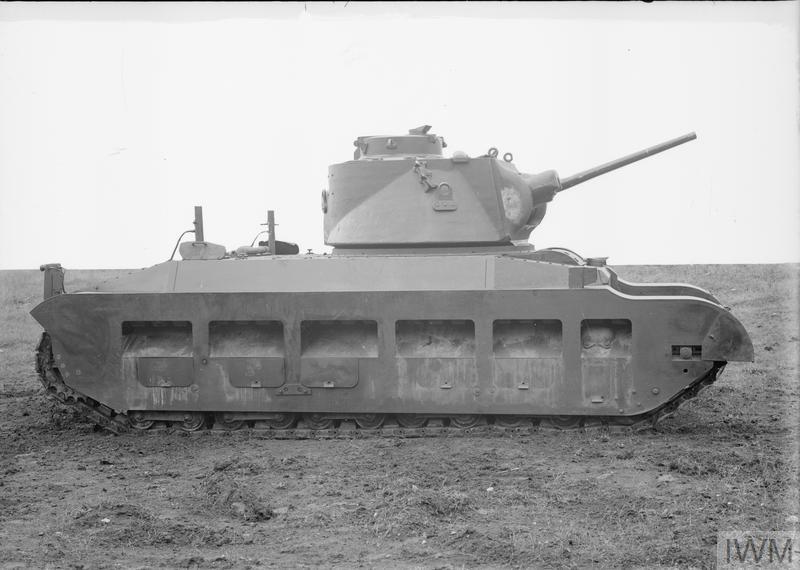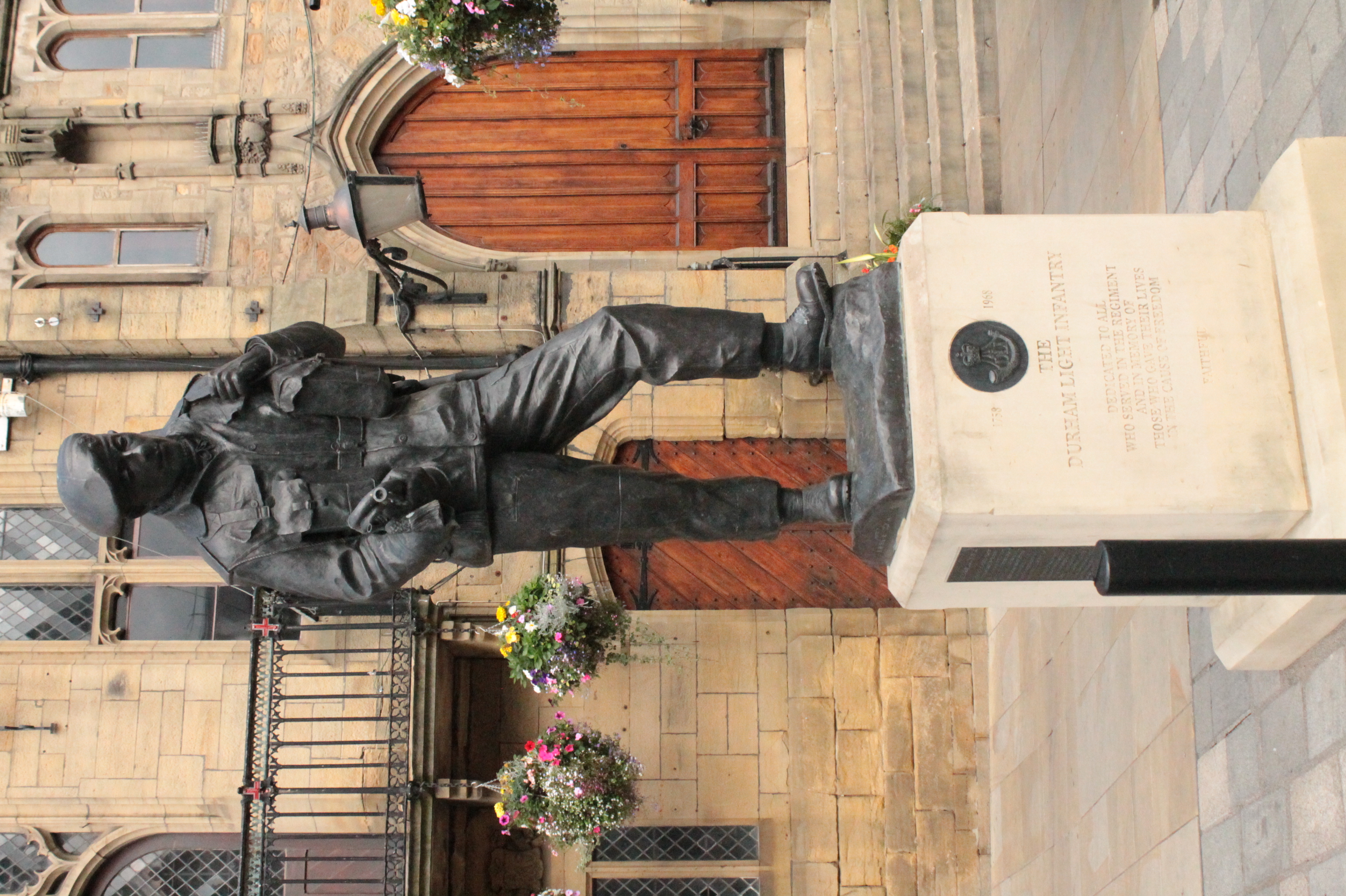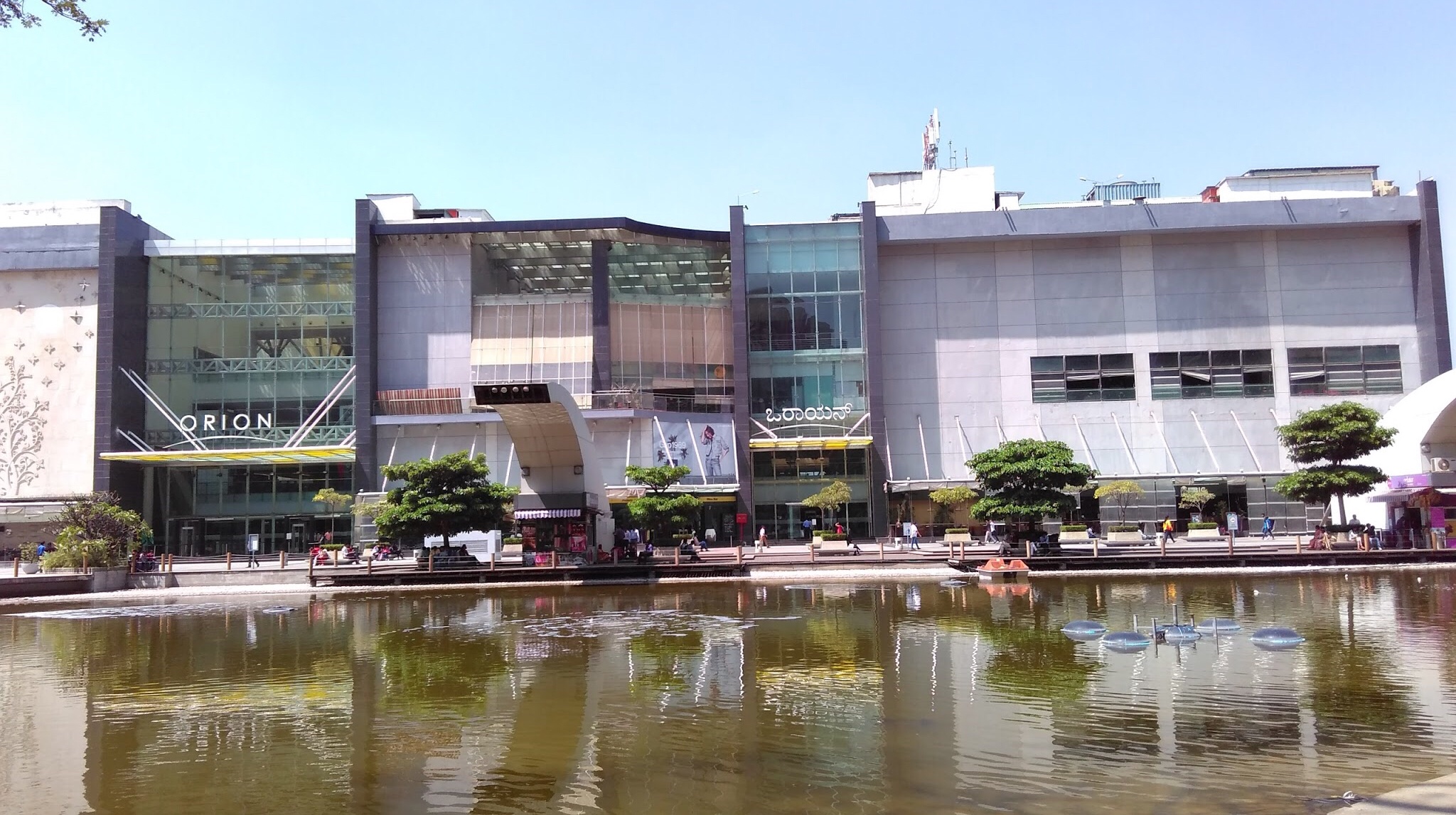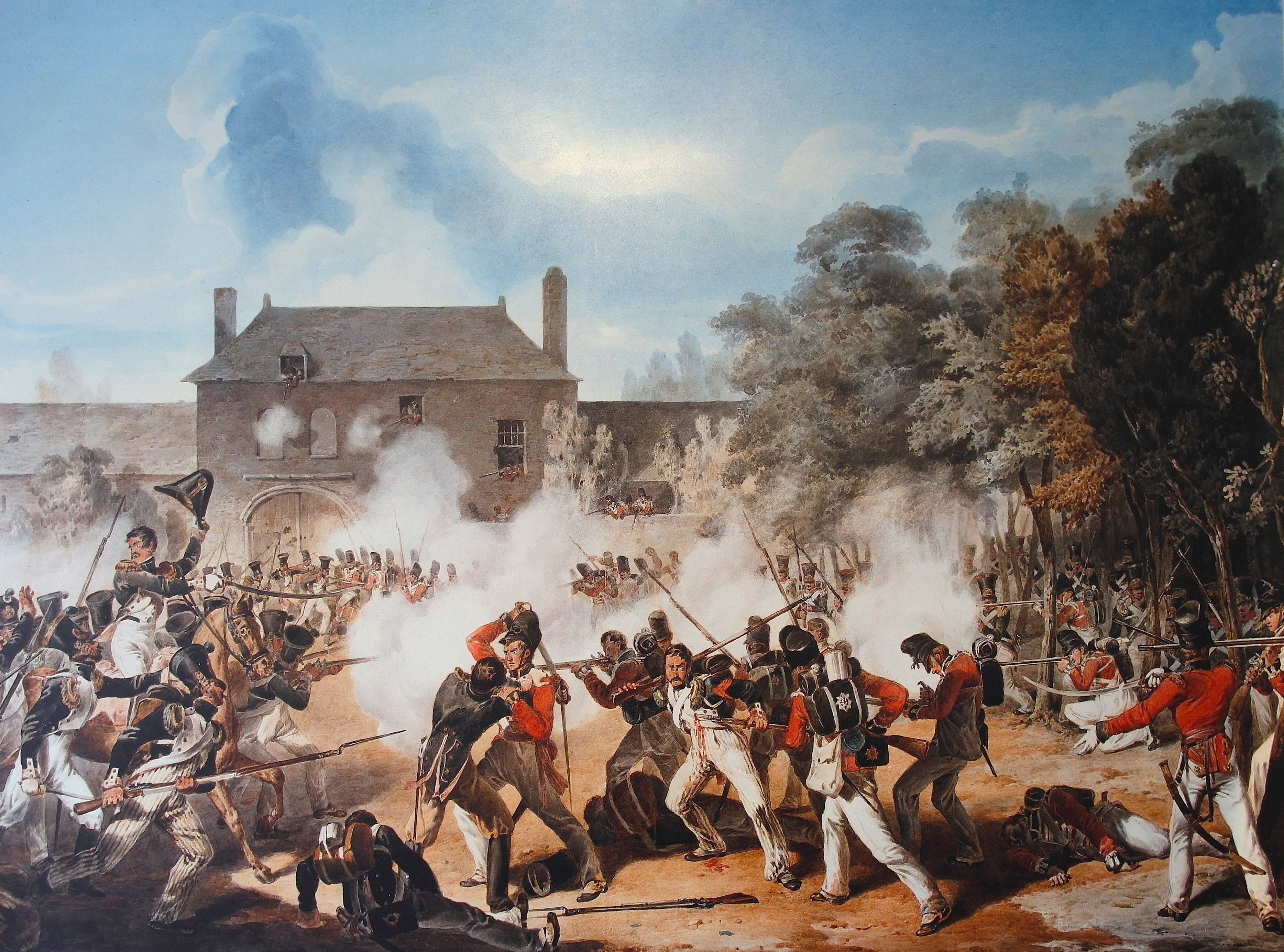|
Operation Brevity Order Of Battle
This is the order of battle for Operation Brevity, a World War II battle between the British Commonwealth and the European Axis Powers of Germany and Italy in North Africa between May 15–16, 1941. British Commonwealth forces General Officer, Commanding in chief, Middle East Command - General Archibald Wavell HQ Western Desert Force - Lieutenant-General Noel Beresford-Peirse Operational command - Brigadier William Gott The British and Commonwealth force were drawn mainly from the 7th Armoured Division's, 7th Armoured Brigade and 7th Support Group and from the independent 22nd Guards Brigade. They were organised into three groups: *Coast Group **2nd battalion The Rifle Brigade (minus one company) **Mortar support, 3rd battalion Coldstream Guards **5th Australian Anti-tank Battery, 2/2nd Australian Anti-Tank Regiment ( 2 Pounder Anti Tank guns) **8th Field Regiment, Royal Artillery ( 25 Pounder Field guns) *22nd Guards Brigade group **1st battalion Durham Light ... [...More Info...] [...Related Items...] OR: [Wikipedia] [Google] [Baidu] |
Order Of Battle
In modern use, the order of battle of an armed force participating in a military operation or campaign shows the hierarchical organization, command structure, strength, disposition of personnel, and equipment of units and formations of the armed force. Various abbreviations are in use, including OOB, O/B, or OB, while ORBAT remains the most common in the United Kingdom. An order of battle is distinct from a Table of Organization and Equipment, table of organisation, which is the intended composition of a given unit or formation according to the military doctrine of its armed force. Historically, an order of battle was the order in which troops were positioned relative to the position of the army commander or the chronological order in which ships were deployed in naval situations. As combat operations develop during a campaign, orders of battle may be revised and altered in response to the military needs and challenges. Also the known details of an order of battle may change durin ... [...More Info...] [...Related Items...] OR: [Wikipedia] [Google] [Baidu] |
7th Armoured Brigade (United Kingdom)
The 7th Armoured Brigade was an armoured brigade formation of the British Army. The brigade is also known as the "Desert Rats", a nickname formerly held by the 7th Armoured Division, of which the brigade formed a part of during the Second World War until late 1941.7th Armoured Brigade at www.army.mod.uk accessed on 21 Sep 09. History The brigade was raised from garrison troops stationed in North Africa in 1938. It was initially known as the Light Armoured Brigade which was part of the Mobile Division in . When the Mobile Division became[...More Info...] [...Related Items...] OR: [Wikipedia] [Google] [Baidu] |
2/6th Cavalry Commando Regiment (Australia)
The 2/6th Cavalry Commando Regiment was a cavalry regiment of the Australian Army that served during the Second World War and was later converted into a commando unit. Formed at Ingleburn, New South Wales, in November 1939, it was originally raised as an armoured reconnaissance regiment attached to the 6th Division. In that role, the 2/6th saw action in the North Africa campaign and in the Middle East during 1940–41, where the regiment distinguished itself at Bardia, Tobruk and in Syria. Later, following Japan's entry into the war, the 6th Division was brought back to Australia and following a re-organisation, the regiment was converted into a cavalry commando regiment, incorporating the independent companies that had been formed at the start of the war. In late 1944, the 2/6th Cavalry Commando Regiment was deployed to New Guinea, where it participated in one of the final Australian campaigns of the war in the Aitape–Wewak area. History Formation The regiment was raised a ... [...More Info...] [...Related Items...] OR: [Wikipedia] [Google] [Baidu] |
2nd Royal Tank Regiment
The 2nd Royal Tank Regiment (2 RTR) was an armoured regiment of the British Army. It was part of the Royal Tank Regiment, itself part of the Royal Armoured Corps and the 1st Mechanized Brigade. History Founded as B Battalion, Tank Corps in 1917, the 2 RTR first saw action in the First World War with the advent of tank technology. It later fought in the Second World War. In 1992, it merged with the 3rd Royal Tank Regiment, keeping their own original title. It became the second regiment to be equipped with the Challenger 2 in 1998. Sabre squadrons were deployed by the regiment to Iraq on Operation Telic in 2003 and 2007. After a long period in Fallingbostel, Germany, the regiment moved back to Aliwal Barracks in Tidworth in July 2007. On 25 June 2008 at Buckingham Palace, both 1RTR and 2RTR were presented with their new Standard by The Queen, which included the new Battle Honour of Al Basrah 2003. Units were deployed to Afghanistan on Operation Herrick in 2010. In August 2014 ... [...More Info...] [...Related Items...] OR: [Wikipedia] [Google] [Baidu] |
Matilda II
The Infantry Tank Mark II, best known as the Matilda, was a British infantry tank of the Second World War.Jentz, p. 11. The design began as the A12 specification in 1936, as a gun-armed counterpart to the first British infantry tank, the machine gun armed, two-man A11 Infantry Tank Mark I. The Mark I was also known as Matilda, and the larger A12 was initially known as the Matilda II or Matilda senior. The Mark I was abandoned in 1940, and from then on the A12 was almost always known simply as "the Matilda". With its heavy armour, the Matilda II was an excellent infantry support tank but with somewhat limited speed and armament. It was the only British tank to serve from the start of the war to its end, although it is particularly associated with the North Africa Campaign. Only two were available for service by the outbreak of the World War II in 1939. It was replaced in front-line service by the lighter and less costly Infantry Tank Mk III Valentine beginning in late 1941. D ... [...More Info...] [...Related Items...] OR: [Wikipedia] [Google] [Baidu] |
4th Royal Tank Regiment
The 4th Royal Tank Regiment (4 RTR) was an armoured regiment of the British Army from its creation in 1917, during World War I, until 1993. It was part of the Royal Tank Regiment, itself part of the Royal Armoured Corps. History The regiment originally saw action as D Battalion, Tank Corps in 1917. In 1940, it was briefly amalgamated with the 7th Royal Tank Regiment, as the 4th/7th Royal Tank Regiment, returning to its previous title four months later. 4 RTR was captured at Tobruk on 21 June 1942. On 1 March 1945, 144th Regiment Royal Armoured Corps was redesignated 4th Royal Tank Regiment to replace the original. The newly retitled regiment equipped with Buffalo LVTs took part in Operation Plunder, ferrying troops of 51st Highland Division across the Rhine on the night of 23/24 March 1945. The Commanding Officer (Lt-Col Alan Jolly) carried the same standard that was originally carried across by 17th Armoured Car Battalion of the Royal Tank Corps in the First World War. Once a ... [...More Info...] [...Related Items...] OR: [Wikipedia] [Google] [Baidu] |
Scots Guards
The Scots Guards (SG) is one of the five Foot Guards regiments of the British Army. Its origins are as the personal bodyguard of King Charles I of England and Scotland. Its lineage can be traced back to 1642, although it was only placed on the English Establishment (thus becoming part of what is now the British Army) in 1686. History Formation; 17th century The regiment now known as the Scots Guards traces its origins to the Marquis of Argyll's Royal Regiment, a unit raised in 1642 by Archibald Campbell, 1st Marquess of Argyll in response to the 1641 Irish Rebellion. After the Restoration of Charles II, the Earl of Linlithgow received a commission dated 23 November 1660 to raise a regiment which was called The Scottish Regiment of Footguards. It served in the 1679 Covenanter rising of 1679, as well as Argyll's Rising in June 1685, after which it was expanded to two battalions. When the Nine Years War began in 1689, the first battalion was sent to Flanders; the second served ... [...More Info...] [...Related Items...] OR: [Wikipedia] [Google] [Baidu] |
Durham Light Infantry
The Durham Light Infantry (DLI) was a light infantry regiment of the British Army in existence from 1881 to 1968. It was formed in 1881 under the Childers Reforms by the amalgamation of the 68th (Durham) Regiment of Foot (Light Infantry) and the 106th Regiment of Foot (Bombay Light Infantry) along with the Militia and Volunteers of County Durham. The regiment served notably in the Second Boer War, World War I and World War II, the Korean War and the Indonesia–Malaysia confrontation. During times of peace it had duty in India, China, West Germany and Cyprus. In 1968, the regiment was amalgamated with the Somerset and Cornwall Light Infantry, the King's Own Yorkshire Light Infantry and the King's Shropshire Light Infantry to form The Light Infantry, which again amalgamated in 2007 with the Devonshire and Dorset Regiment, the Royal Gloucestershire, Berkshire and Wiltshire Regiment and the Royal Green Jackets to form a new large regiment, The Rifles, which continues the lineag ... [...More Info...] [...Related Items...] OR: [Wikipedia] [Google] [Baidu] |
Brigade Group
Brigade Enterprises Limited is a real estate and property development company that is based in Bengaluru, Karnataka, India. The Brigade Group also has operations in Mangalore, Mysore, Chennai, Kochi, Hyderabad, Chikmagalur, Ahmedabad and a representative office in Dubai. It has won national and international awards in the construction industry. It was founded by M.R. Jaishankar in the year 1986. Brigade Group provides property management services, hospitality and education across several major cities in South India. The group also owns Brigade Foundation, which is a not-for-profit trust. Projects and History The Brigade Group has Brigade International Finance Centre in Gujarat International Finance Tec-City and has built World Trade Center Bangalore, World Trade Center Chennai and World Trade Center, Kochi The World Trade Center Kochi is a twin tower commercial complex located in InfoPark, Kochi, India. Opened in 2016, it is the fourth World Trade Center in India and secon ... [...More Info...] [...Related Items...] OR: [Wikipedia] [Google] [Baidu] |
Ordnance QF 25 Pounder
The Ordnance QF 25-pounder, or more simply 25-pounder or 25-pdr, was the major British field gun and howitzer during the Second World War. Its calibre is 3.45-inch (87.6 mm). It was introduced into service just before the war started, combining both high-angle and direct-fire abilities, a relatively high rate of fire, and a reasonably lethal shell in a highly mobile piece. It remained the British Army's primary artillery field piece well into the 1960s, with smaller numbers serving in training units until the 1980s. Many Commonwealth of Nations countries used theirs in active or reserve service until about the 1970s and ammunition for the weapon is currently being produced by Pakistan Ordnance Factories. Initial production was slow, but by 1945, over 12,000 had been manufactured. The 25-pounder was probably the most outstanding field artillery piece used by British and Commonwealth forces in the Second World War, being durable, easy to operate and versatile. Design The desig ... [...More Info...] [...Related Items...] OR: [Wikipedia] [Google] [Baidu] |
Ordnance QF 2 Pounder
The Ordnance QF 2-pounder (British ordnance terms#QF, QF denoting "quick firing"), or simply "2 pounder gun", was a British anti-tank gun and vehicle-mounted gun employed in the World War II, Second World War. It was the main anti-tank weapon of the artillery units in the Battle of France and, due to the need to rearm quickly after the Dunkirk evacuation, remained in service during the North African campaign. In its vehicle-mounted variant the 2-pounder was a common main gun on British tanks early in World War II, as well as being a typical main armament of Armored car (military), armoured cars, such as the Daimler Armoured Car, Daimler, throughout the war. As the armour protection of Axis powers, Axis tanks improved, the 2-pounder lost effectiveness and it was gradually replaced by the 57 mm Ordnance QF 6 pounder, QF 6-pounder starting in 1942. It equipped infantry battalion anti-tank platoons replacing their anti-tank rifles until in turn replaced by 6-pounders but remained ... [...More Info...] [...Related Items...] OR: [Wikipedia] [Google] [Baidu] |
Coldstream Guards
The Coldstream Guards is the oldest continuously serving regular regiment in the British Army. As part of the Household Division, one of its principal roles is the protection of the monarchy; due to this, it often participates in state ceremonial occasions. The Regiment has consistently provided formations on deployments around the world and has fought in the majority of the major conflicts in which the British Army has been engaged. The Regiment has been in continuous service and has never been amalgamated. It was formed in 1650 as 'Monck's Regiment of Foot' and was then renamed 'The Lord General's Regiment of Foot Guards' after the restoration in 1660. With Monck's death in 1670 it was again renamed 'The Coldstream Regiment of Foot Guards' after the location in Scotland from which it marched to help restore the monarchy in 1660. Its name was again changed to 'The Coldstream Guards' in 1855 and this is still its present title. Today, the Regiment consists of: Regimental Headq ... [...More Info...] [...Related Items...] OR: [Wikipedia] [Google] [Baidu] |







